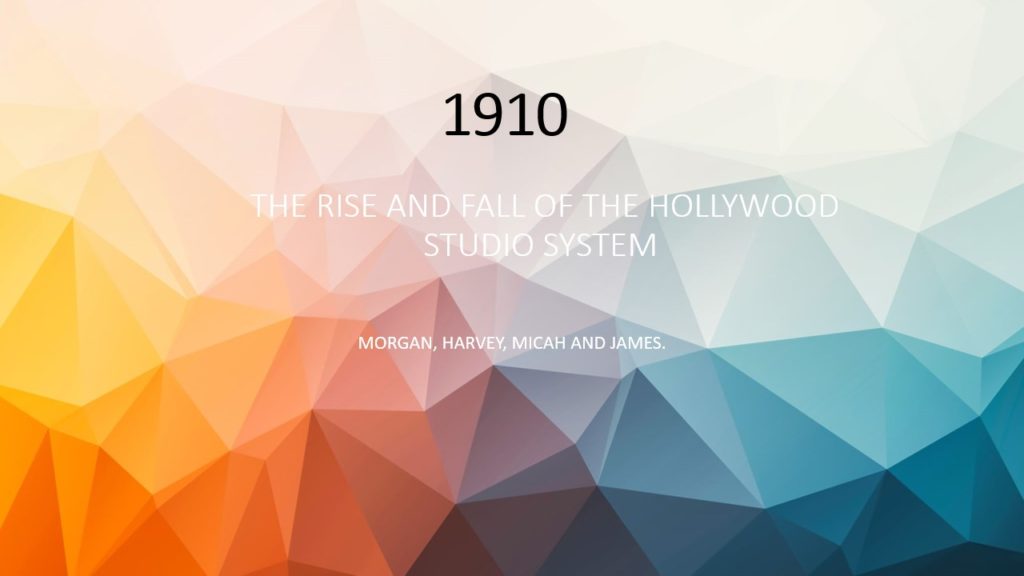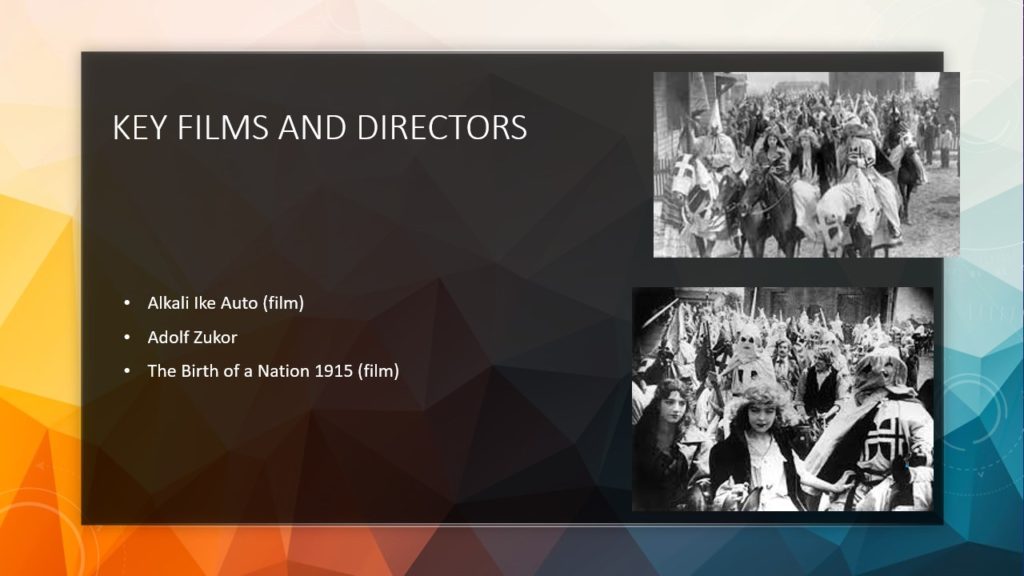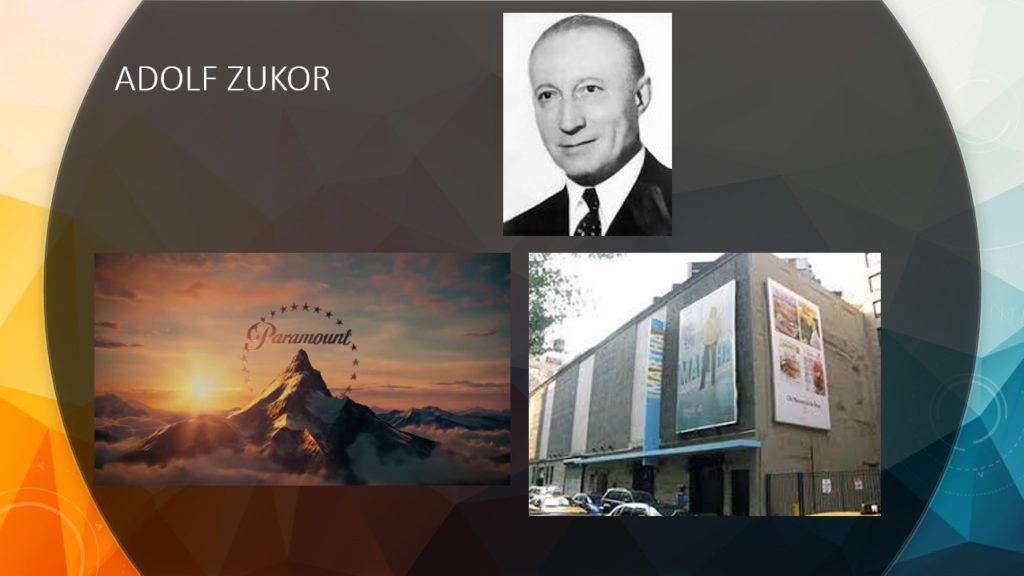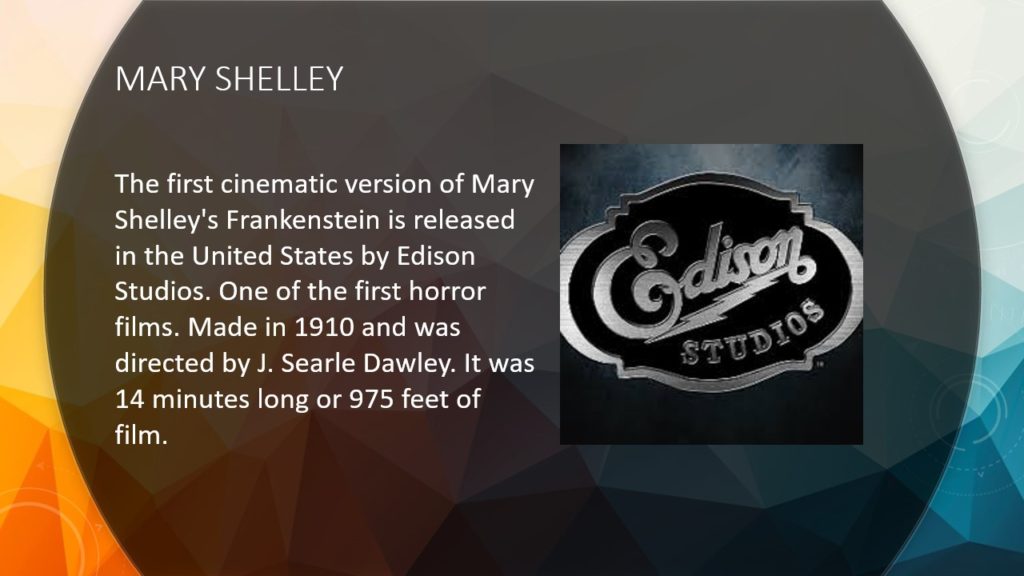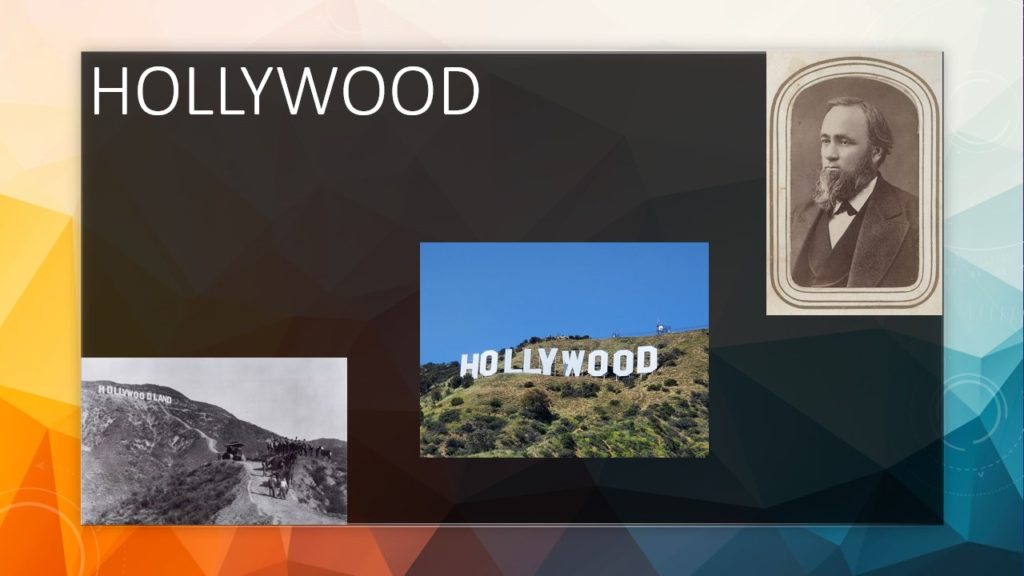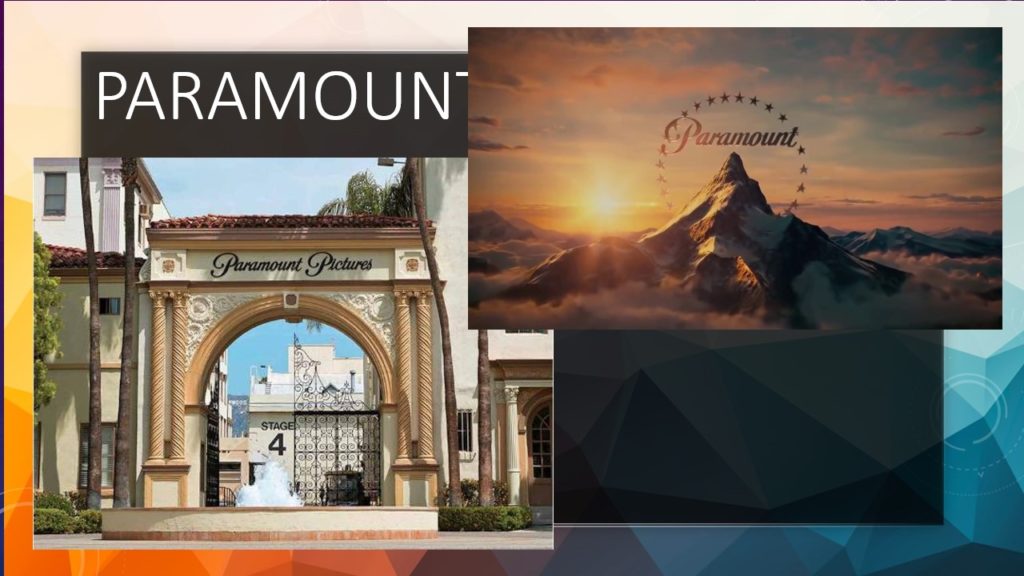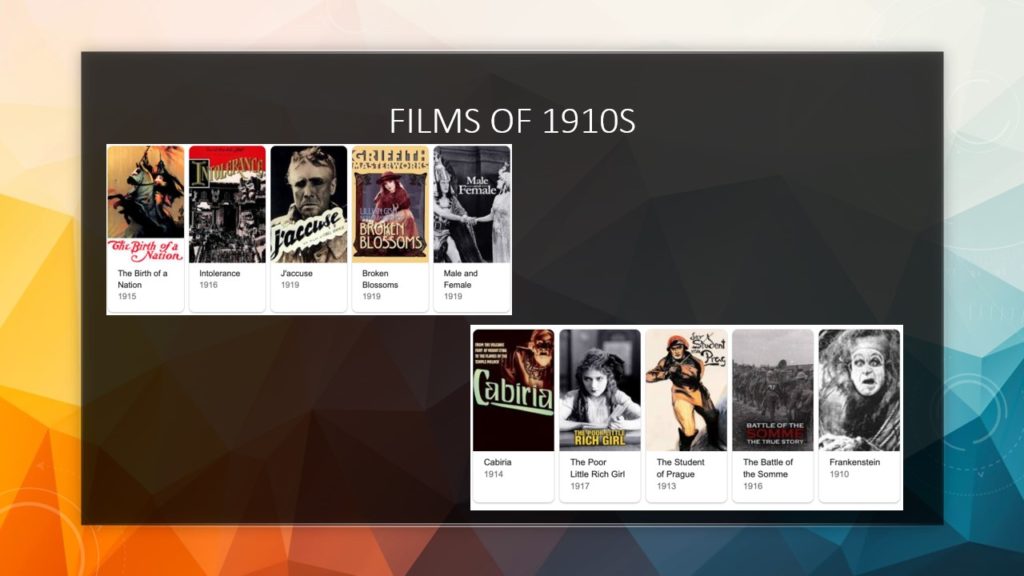In what way did Godard consciously challenge the established conventions of cinematography and editing in ‘Breathless’?
Jean-Luc Godard broke many traditional conventions or rules of cinematography with the 1960’s film ‘Breathless’. This film was a relatively low budget film with not a lot of high end equipment. Probably the most visible feature of this film that makes it different from most cinematic films of its time, was that the whole film was filmed on the streets of Paris, there were no constructed sets or soundstages, in fact they did not even get permits to film it in any of the locations. Godard opted for a much cheaper approach by shooting in real locations with ordinary people walking in the background (you can often see people staring into the camera in some scenes). Because of the low budget Godard also used less equipment and sets, for example they uses smaller lightweight cameras rather than big production camera, natural light, places they already had access to and all the audio was dubbed in in post. They didn’t use artificial lights but instead tried to work solely with the natural light of the surroundings, they also shot most of the film handheld as they Godard wanted to make the film look more like a documentary style film or like how a news report would be. In shots where they wanted to do use a dolly effect, the cinematographer would sit in a wheelchair and be pushed forward or back with the camera. This helped to prove that a good film does not need to be really expensive.

One of the most famous techniques Godard used was Jump cuts. A jump cut is when there is multiple cuts (or just one) made to a single clip to make it appear that the scene is jumping forward in time. This can help to show a travel in time or speed up the movement and pace of a scene. In Breathless, Godard uses jump cuts to give the film a jagged and edgy rhythm. However, this type of cut was not Godard’s original plan. A lot of the shots were very long which was partly down to the heavy use of improvisation from the actors. So instead of cutting out big sections of film, Godard decided to do lots of small cuts to speed up the shots to make the film shorter.

Another technique used by Godard was ‘breaking the 4th wall’. This is where the actors look directly down the lens and therefore at the audience. This technique along with jump cuts and the abrupt stop of music made is obvious to the audience that they were watching a film rather than being immersed in it. Godard did these things to force the audience to step back from the film and think deeper about what they were watching. This links back to the idea of the film being shot in a style that looked more like a documentary. Godard was heavily influenced by playwright Bertolt Brecht. Brecht would emphasise things in the movies that were traditionally not supposed to be noticed like cuts like the jump cuts and actors looking into the camera. He wanted to emphasise to the audience that they were not watching a reality but rather something that is supposed to resemble a reality. He wanted the audience to realise that they are watching fictional characters develop throught the film but also realise that they express things about the world that we actually live in.






